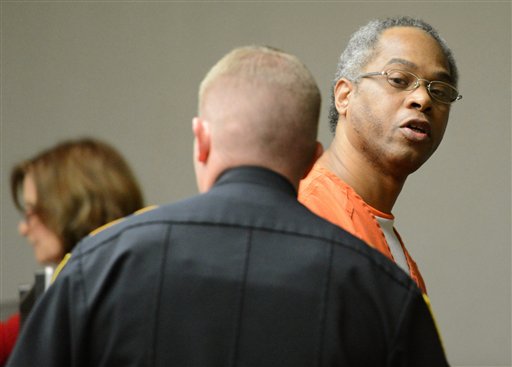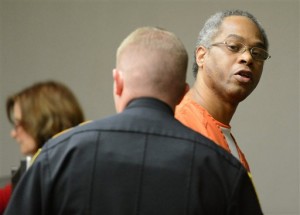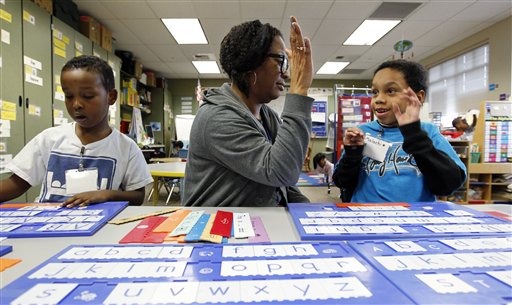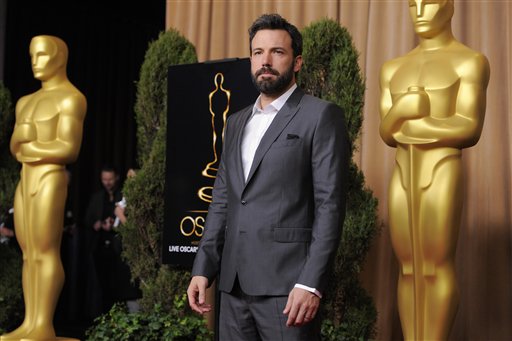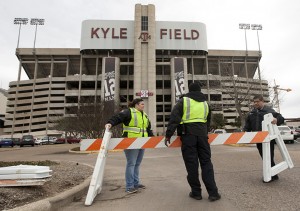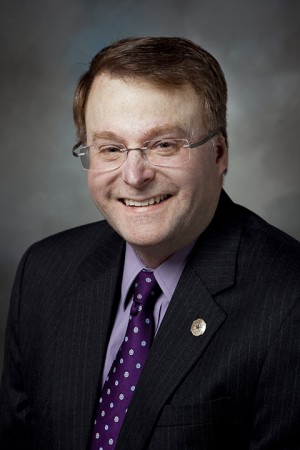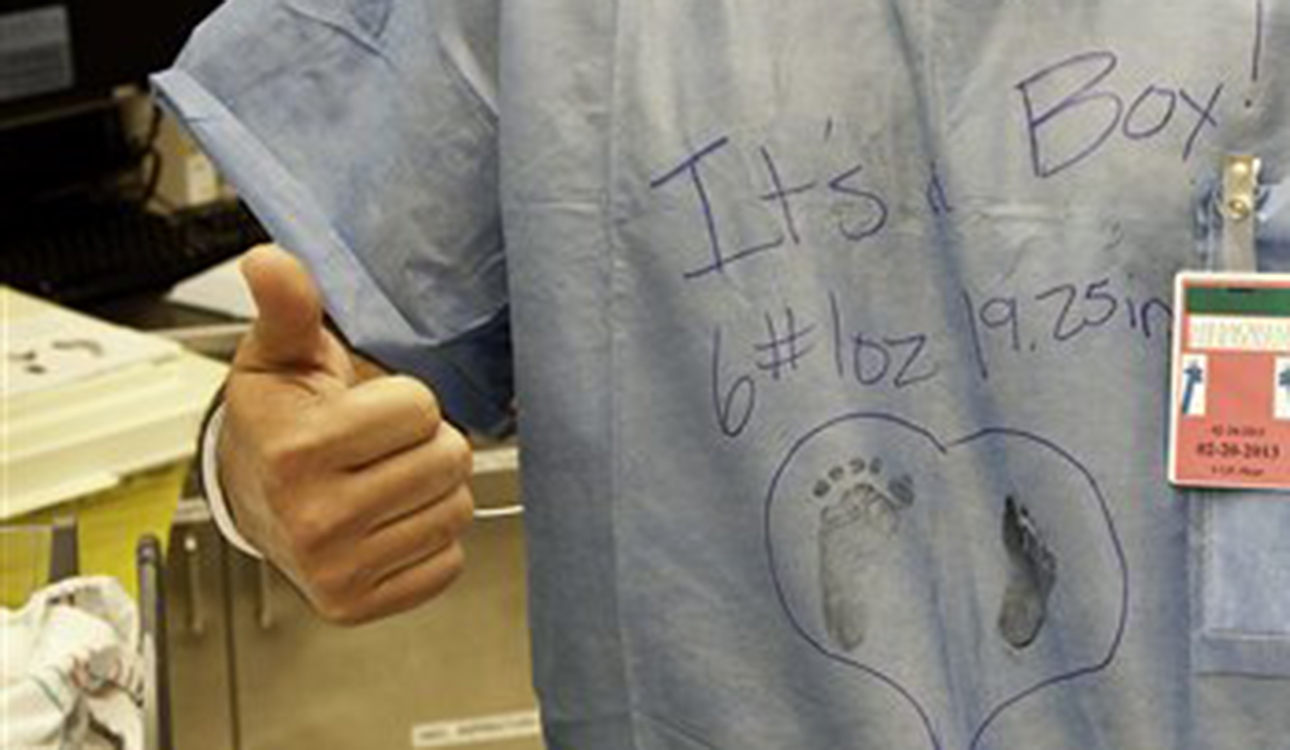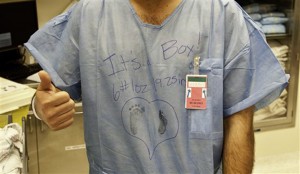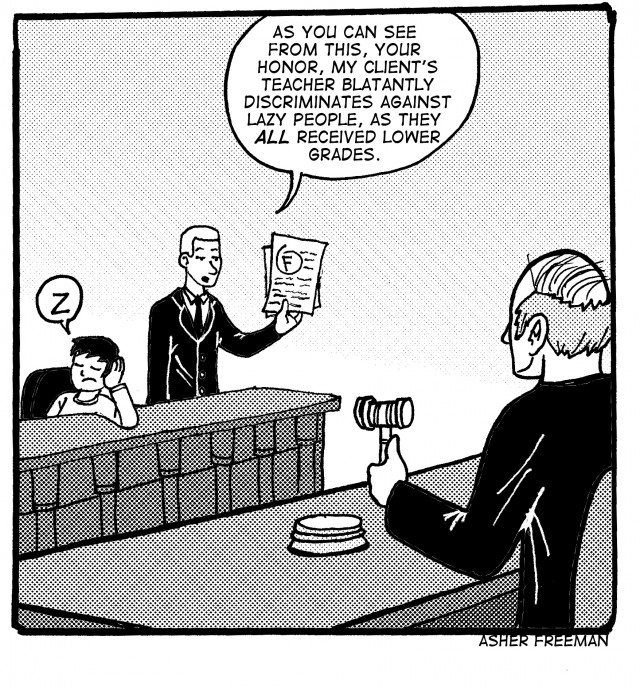by Parmida Schahhosseini
Sports Writer
The No. 25 Baylor Lady Bear Softball team had its first road test of the season as they squared off against Texas State in the Texas Shootout on Thursday in San Marcos. Baylor didn’t miss a beat as their offense displayed power and speed dominating the fourth and fifth innings to win 10-2. Baylor has now won 10 games in a row and moves to 11-2 on the season with the win.
Baylor’s offensive power was on display again this weekend. Freshman third baseman Sarah Smith and junior first baseman Holly Holl both had 2 RBI-doubles. Smith also hit a bomb for a home run, displaying the transition Baylor is trying to make from a speed team to a power team. Sophomore infielder Jordan Strickland contributed with a 2 RBI-single in the fifth inning.
“The at-bats that aren’t producing hits are quality at bats,” head coach Glenn Moore said. “We’re running pitchers deep in the count, making them throw more pitches. I always talk about that early in the game. If you can force more pitches, you’re going to get on pitchers by the fifth or sixth inning because you’re going to wear them down a little bit and I think they did a great job of forcing some extra pitches and working the count and then maybe not getting the base hit, but having a quality at bat.”
The freshmen had hot bats to start the game with Smith singling up the middle for the first base hit for Baylor. Landrith responded with a bunt, putting the ball between three defensive players for a base hit. Smith advanced to second. Freshman right-handed pitcher Heather Stearns was up to bat next. Smith and Landrith both stole bases on a passed ball, but after back-to-back outs, the inning was still scoreless. Junior left-handed pitcher Whitney Canion responded with three consecutive strikeouts in the second inning to put Baylor back on offense.
After an uneventful third inning, Baylor scored seven runs on six hits in the fourth inning. Holl singled to the right field to start the inning. Freshman outfielder Justine Young pinch ran for Holl. Freshman outfielder Linsey Hays grounded up the middle for a base hit, and Young advances to second. Smith hit the ball over the head of the right fielder for an RBI double. Landrith followed with a sacrifice fly ball to the left, allowing Hays to score. Canion walked after being patient at the plate, and sophomore infielder Jill Reid pinch ran for her.
Junior catcher Clare Hosack reached the base on fielder’s choice. Reid advanced to second, and Smith advanced to third on an error. Sophomore infielder Jordan Strickland walked to advance all of the runners. Smith scored on the play.
Sophomore outfielder Kaitlyn Thumann was on the plate and a wild pitch bounced away from the catcher, allowing Strickland and Hosack to advance a base and Reid to score. Thumann lined out for a sacrifice, which allowed Strickland to advance to third and Hosack to score. Senior centerfielder Kathy Shelton was at bat next and singled to the left center allowing Strickland to score. Holl came to bat again and hit the ball as it bounced off the wall allowing Shelton to score for an RBI double.
Texas State responded after a base hit, where Landrith committed an error, allowing the runners to advance. Texas State followed with an RBI double as the ball hit the wall allowing Baker to score.
Smith began the next inning with a home. Landrith was at bat next and doubled to the right center coming back from a 1-2 count. Reid pinch hit for Canion and drew the walk as Landrith advances to second. Strickland singled down the left field line, which allowed Reid and Landrith to score.
Due to the big lead, Moore put in junior right-handed pitcher Liz Paul to close the game. After back-to-back strikeouts and a groundout, Baylor won the game 10-2. Baylor will play Sam Houston State at 11:30 a.m. on Friday in San Marcos.







